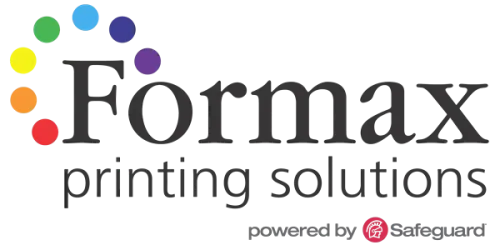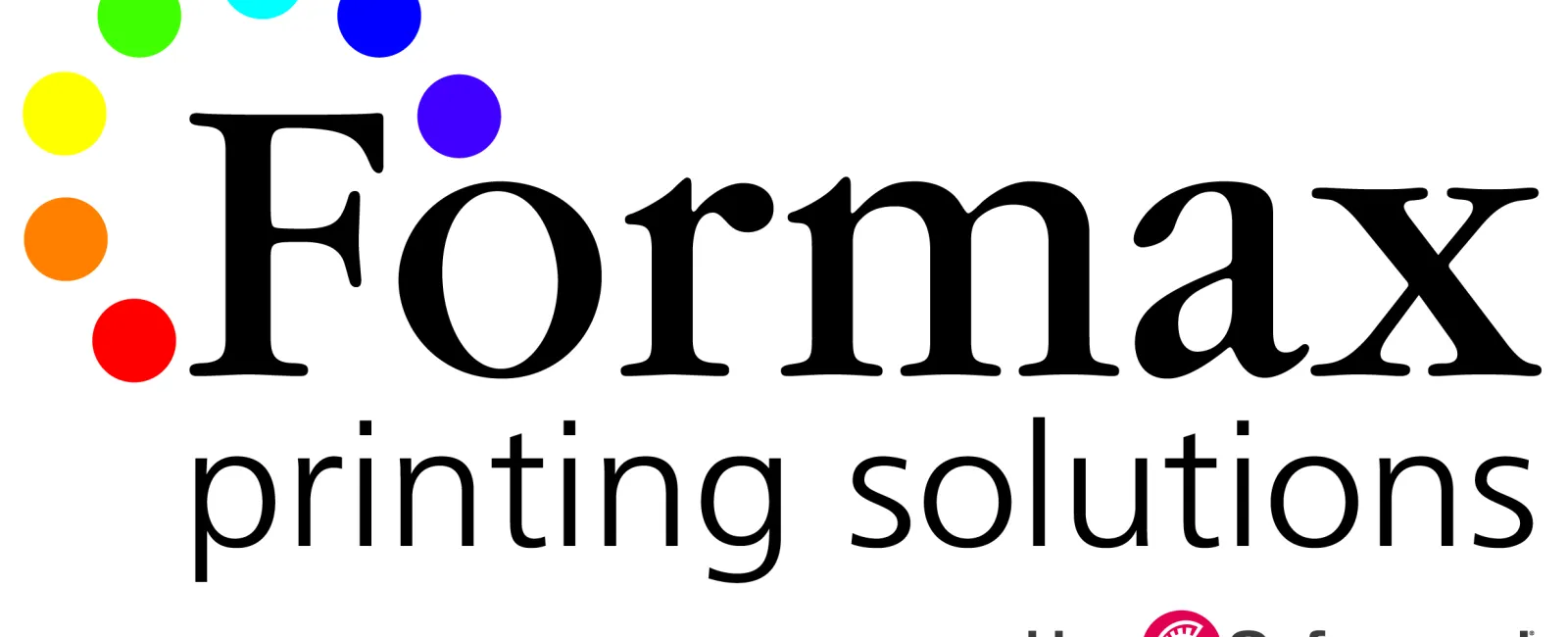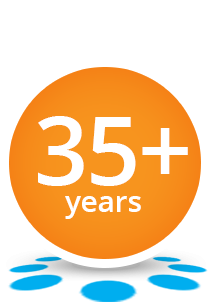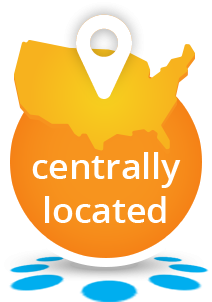Head-to-Head Printing vs. Head-to-Foot Printing
It is extremely common for books, brochures, and other print projects to be created from sheets of paper that have printing on both sides.

Head-to-Head and Head-to-Foot are terms used to describe the relative orientation of the printing on the front and back of two-sided documents. In other words, these terms help clarify the direction in which the two sides "back up" to one another.
In the print industry, the top of a document is referred to as the Head and the bottom of a document is referred to as the Foot.
What is Head-to-Head Printing?
A document printed Head-to-Head will have the top of the front side placed at the same end of the sheet as the top of the back side (see Diagram A). As you have likely surmised, the vast majority of two-sided documents are printed Head-to-Head.
This setup is ideal for books, catalogs, and folded brochures because the layout feels natural when flipping pages. The content aligns perfectly from front to back, making it easy for readers to follow along. Head-to-Head printing also minimizes the chances of upside-down pages, ensuring a professional, polished finish for multi-page documents.
When choosing a layout, head-to-head printing is the most common orientation because it supports the standard reading direction from left to right, top to bottom. Printers often recommend this setup for materials meant to be read sequentially, such as reports, manuals, or magazines.

What is Head-to-Foot Printing?
A document printed Head-to-Foot will have the top of the front side placed at the opposite end of the sheet as the top of the back side (see Diagram B).
Head-to-Foot (also known as Head-to-Toe or Head-to-Tail) is much less common than the Head-to-Head configuration.
This orientation is typically used for items designed to flip vertically, such as wall calendars, notepads, or top-bound books. With head-to-toe printing, when you flip the page up instead of sideways, the content remains upright and readable.
If you've ever opened a desk calendar or a flip chart, you've experienced head-to-foot printing in action. It ensures the artwork, images, and text align correctly when the document is turned over from top to bottom.
Choosing Between Head-to-Head and Head-to-Foot Printing
Selecting the right orientation depends on how your printed piece will be used and handled.
Ask yourself:
-
Will the piece be flipped vertically or horizontally?
-
Is the document bound along the top edge or the side?
-
Do you want readers to turn pages like a book or flip them upward like a calendar?
Understanding the difference between head-to-head printing and head-to-foot printing ensures your final product functions exactly as intended — saving time, material, and potential reprints.
Common Applications
-
Head-to-Head Printing: Books, manuals, brochures, folded mailers, reports, and newsletters.
-
Head-to-Foot Printing: Wall calendars, top-bound notepads, tear-off pads, and certain business forms.
Multi-page wall calendars and books bound along the top horizontal edge are examples of documents that must be printed Head-to-Foot in order to function properly. Two-sided documents consolidated into tear-off pads, including certain business forms, are sometimes printed Head-to-Foot.
Need Expert Help?
If you have any questions about Head-to-Head or Head-to-Foot printing, call Formax at 866-367-6221 or submit our quote request form. Our experienced printing specialists can guide you through layout, binding, and finishing options to make sure your next project looks sharp and functions perfectly.
At Formax, we make sure every print project — from simple flyers to complex books — aligns beautifully from head to toe.
Take Care,
Rick




